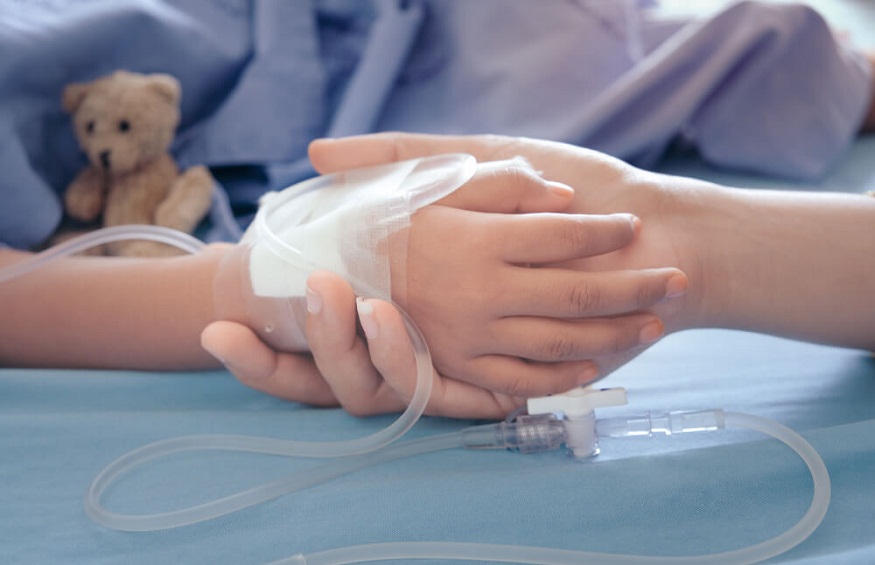Addressing Healthcare-Acquired Infections

Being in a hospital, nursing home, or any healthcare setting increases the risk of contracting healthcare-acquired infections (HAIs), also known as nosocomial or hospital-associated infections. These infections, often caused by microorganisms, are contracted as a result of receiving treatment within a healthcare environment.
The Centers for Disease Control and Prevention (CDC) in the United States diligently tracks the incidence of HAIs. According to 2021 data from the CDC, there were 687,000 reported HAIs in acute care hospitals, and about 72,000 patients with these infections died during their hospital stays.
HAIs come in various forms, with the most commonly reported being infections associated with catheters, ventilators, and central lines. Predominantly, HAIs are caused by the transmission of certain bacterial strains, including C. difficile, MRSA, Enterococcus, and different Pseudomonas species.
While it’s not possible to prevent every type of transmission, such as those that are airborne, adherence to industry best practices can substantially lower infection rates. Actions such as maintaining rigorous hand hygiene, completing prescribed antibiotic courses, and monitoring intravenous sites for signs of infection are crucial for patients.
On an organizational level, combatting HAIs involves following updated reprocessing guidelines and the recommendations of equipment manufacturers, ensuring that all medical devices and surgical instruments meet sterilization standards. Additional preventive measures include thorough cleaning protocols for all equipment, even items that are not obvious pathogen carriers like ice machines, sink drains, and textiles that are frequently touched.
For more detailed information on HAIs and the role of proper sanitation in healthcare settings, please refer to the suggested resource for additional insights.

Infographic created by Empire Cooler, supplying commercial ice maker lease to address your business’s ice and refrigeration needs
